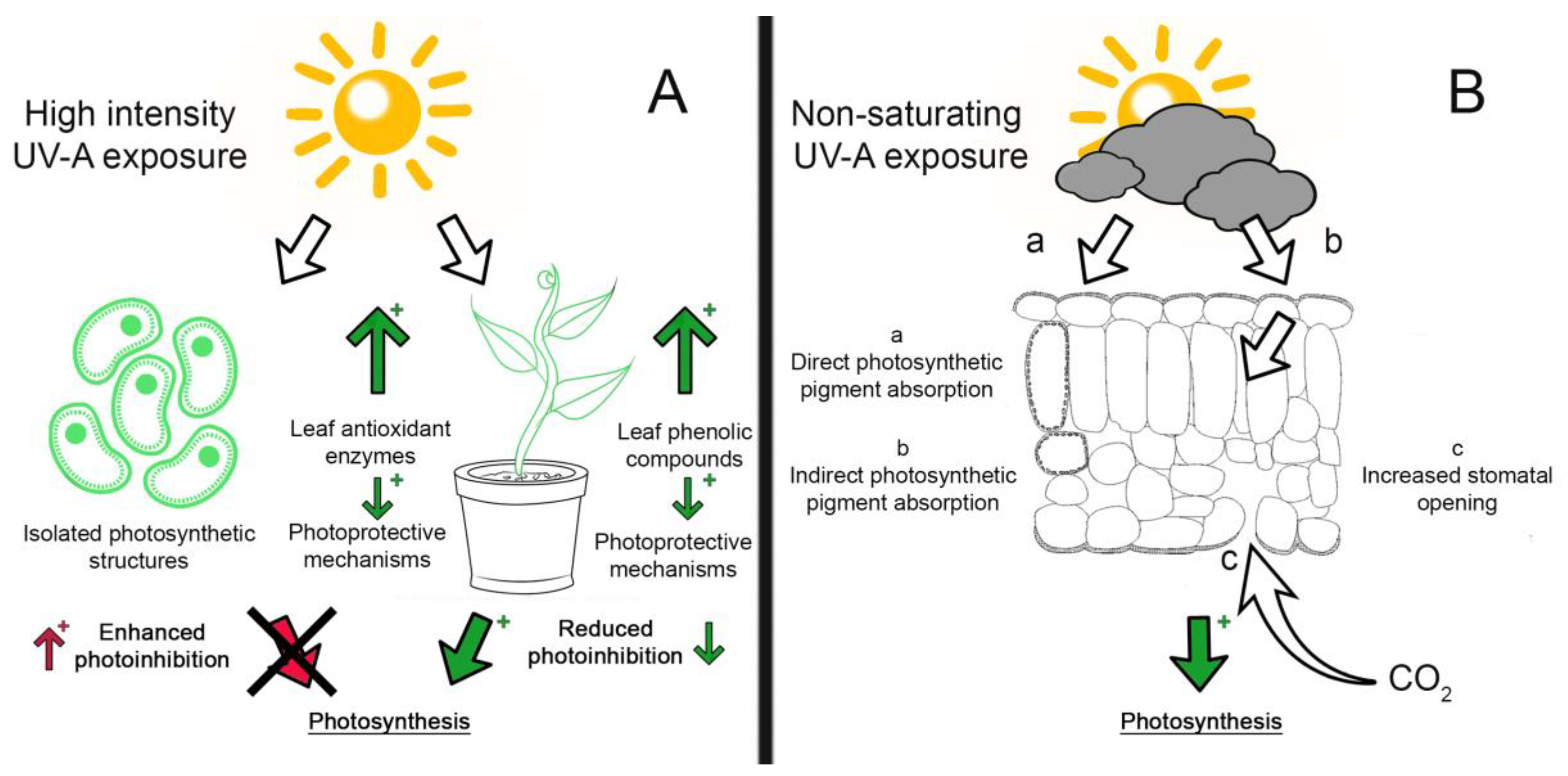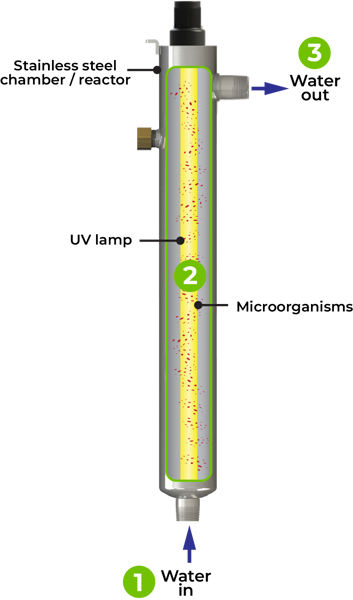Indicators on Uvc Light You Need To Know
Table of ContentsNot known Facts About Uvc LightIndicators on Uvc Light You Need To KnowOur Uvc Light IdeasThe Ultimate Guide To Uvc LightNot known Factual Statements About Uvc Light Rumored Buzz on Uvc Light
A new sort of ultraviolet light that might be safe for people took much less than 5 mins to decrease the level of indoor airborne microorganisms by even more than 98%, a joint study by researchers at Columbia University Vagelos University of Physicians and Surgeons and in the U.K. has located. Also as microorganisms remained to be sprayed right into the space, the degree remained very low as long as the lights got on.However till currently these studies had only been performed in small speculative chambers, not in full-sized areas imitating real-world conditions. In the existing research, researchers at the College of St. Andrews, College of Dundee, University of Leeds, and Columbia College tested the effectiveness of far-UVC light in a big room-sized chamber with the same air flow rate as a typical office or home (regarding 3 air adjustments per hour).
The efficiency of various approaches to reducing interior infection degrees is normally determined in terms of equivalent air changes per hour. In this study, far-UVC lights created the matching of 184 comparable air exchanges per hour. This surpasses any various other strategy to decontaminating occupied indoor rooms, where 5 to 20 comparable air changes per hour is the very best that can be attained practically.
What Does Uvc Light Mean?

The main parameters of UV-C sanitation are wavelength, dosage, relative moisture, and temperature level. There is no agreement about their optimal worths, but, as a whole, light at a high dosage and a range of wavelengths including 260 nm is preferred in a setting at room temperature level with low relative moisture. This light can be produced by mercury-vapour, light-emitting diode (LED), pulsed-xenon, or excimer lights.
UV-C disinfection systems have promising attributes and the potential to enhance in the future. UV-C sanitation need to currently be taken into consideration for low-level instead than top-level sanitation.
Another application arose in 1910 when UV light was used to disinfect water. Nowadays, UV light is used for water, air, food, surface area, and clinical devices sanitation.
Top Guidelines Of Uvc Light
DNA, RNA, or healthy proteins of a micro-organism take in UV light, with a peak absorbance around 260 nm [6] This causes the these details interruption of DNA or RNA, leading to the inactivation of the micro-organism. UV-C-induced DNA interruption commonly contains the bonding of 2 neighbouring thymine (or cytosine) bases rather than the conventional connecting of a base with its complementary base on the various other hair.

The UV-C area is utilized for sanitation yet there is no consensus on the exact optimal wavelength. Light at 260 nm can cause the most disruption. Various micro-organisms are most vulnerable to slightly different wavelengths.
What Does Uvc Light Do?
It even has an additional advantage by lowering photoreactivation through a decline of photolyase [9] On the other hand, it has technical effects considering that the overall power of the light beam of light is then divided over all present wavelengths. A micro-organism that is vulnerable to 254 nm light go now will certainly be suspended much more by a light that sends out entirely light a knockout post at 254 nm than a light that releases a wavelength range at equal complete energy.
Exposure times of 1045 min for room disinfection and 25 s to 5 min for clinical devices were come across in literature. The intensity is inversely symmetrical to the made even range in between the source of light and the surface and is therefore defined at the surface in the dosage estimation equation [14]
Further, the output of a lamp reduces with time, so it is advised to calculate the dose at the end of lamp life, which is agent of a worst-case situation. The dosage additionally affects the quantity of photoreactivation. Quek et al. discovered that the percent of photoreactivation reduced from 5.31% to 0% for a rise in dosage from 1.6 to 19.7 mJ/cm2 [8]
Zhang et al. observed a modification in UV irradiance of 34% when the RH enhanced from 50% to 90% [18] The quantity of RH impact on UV performance relies on the existing micro-organism and is a lot more noticeable for germs than for infections [16] The impact of temperature depends on the light source.
What Does Uvc Light Do?


This is known as much UV-C innovation and is a relatively brand-new sanitation method with minimal knowledge regarding its effectiveness.
In research study, the outcomes on pulsed versus continuous UV-C disinfection performance vary. When comparing pulsed and continual light it is important to keep other variables such as wavelength and dosage consistent.
The Main Principles Of Uvc Light
In instance ozone is not needed for disinfection, a modified lamp can be made use of. For mercury-vapour lights, doped quartz glass or specialized soft glass can filter out short-wave UV-C light - uvc light.